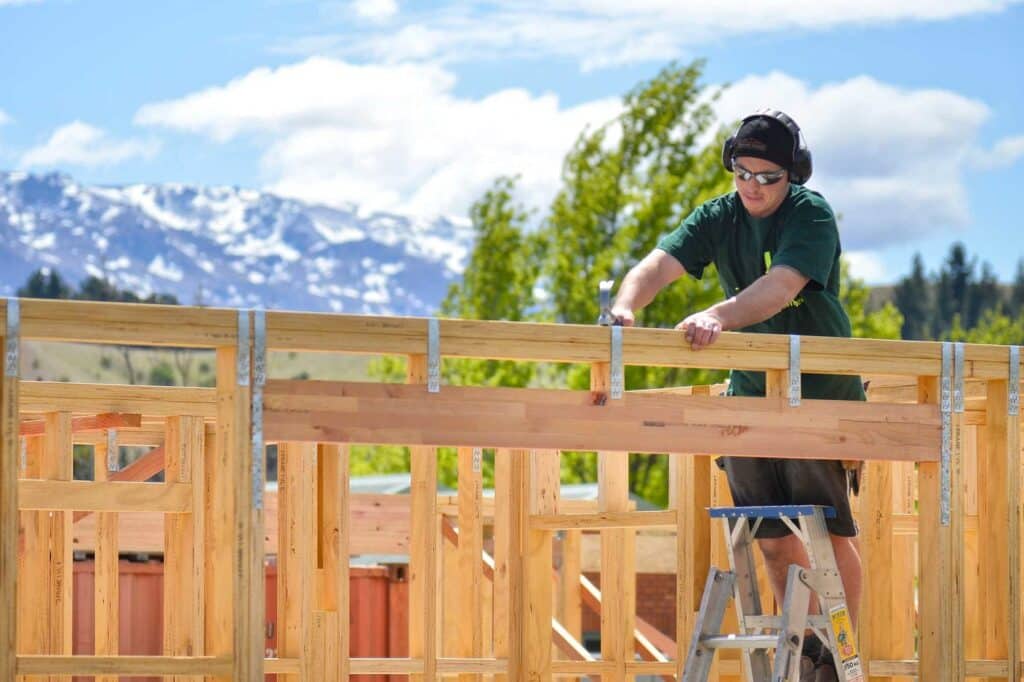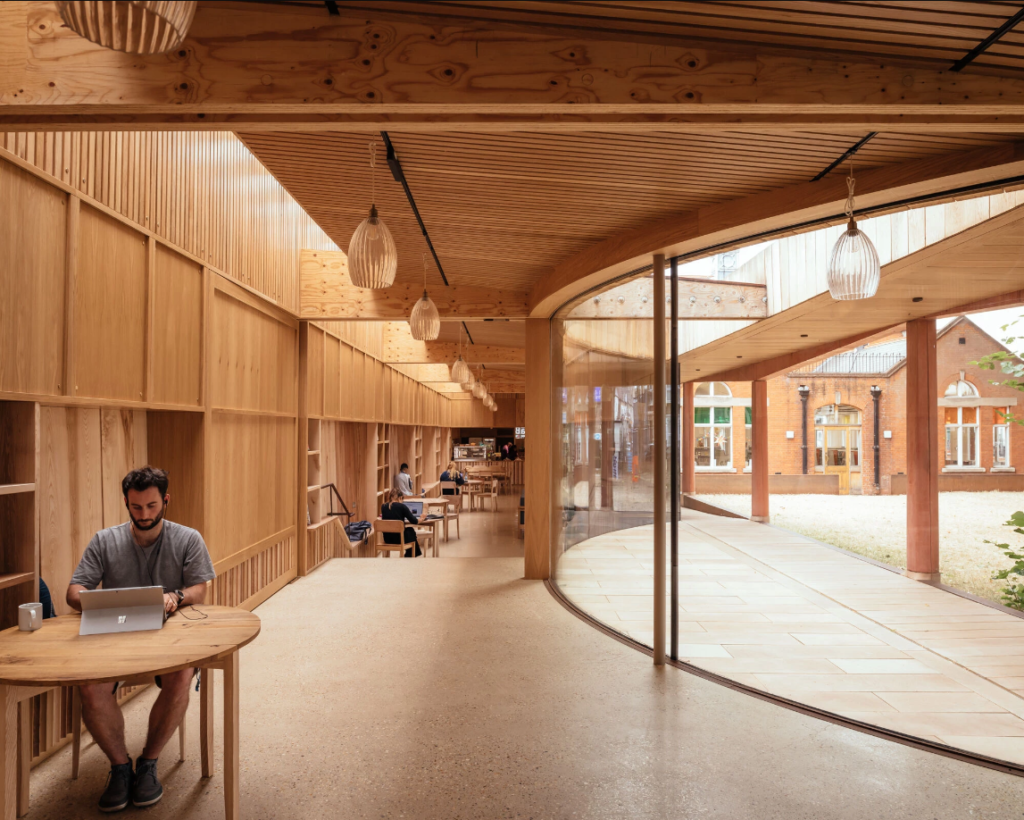Do you know about LVL construction?

Here are some key characteristics and uses of LVL construction:
Strength and Stability: LVL is known for its high strength and stiffness, making it suitable for applications where these properties are essential, such as beams and headers in residential and commercial construction.
Dimensional Stability: LVL has low moisture content and is less prone to warping, twisting, or shrinking compared to traditional lumber. This makes it a reliable choice for structural applications.

Versatility: LVL can be manufactured in a variety of sizes and shapes, making it versatile for different construction needs. It is commonly used in the construction of beams, headers, and other load-bearing elements.
Environmentally Friendly: LVL is often considered an environmentally friendly option because it maximizes the use of wood resources. The process of creating LVL allows for the efficient use of smaller, fast-growing trees, reducing the demand on larger and slower-growing trees.

Construction Efficiency: LVL is available in long lengths, allowing for fewer joints and connections during construction. This can lead to faster and more efficient construction processes.
Code Compliance: LVL is widely accepted and used in construction projects, meeting various building codes and standards.
LVL is commonly used in residential and commercial construction for structural elements like beams and headers. Its reliability, strength, and versatility make it a popular choice for builders and architects in various applications.